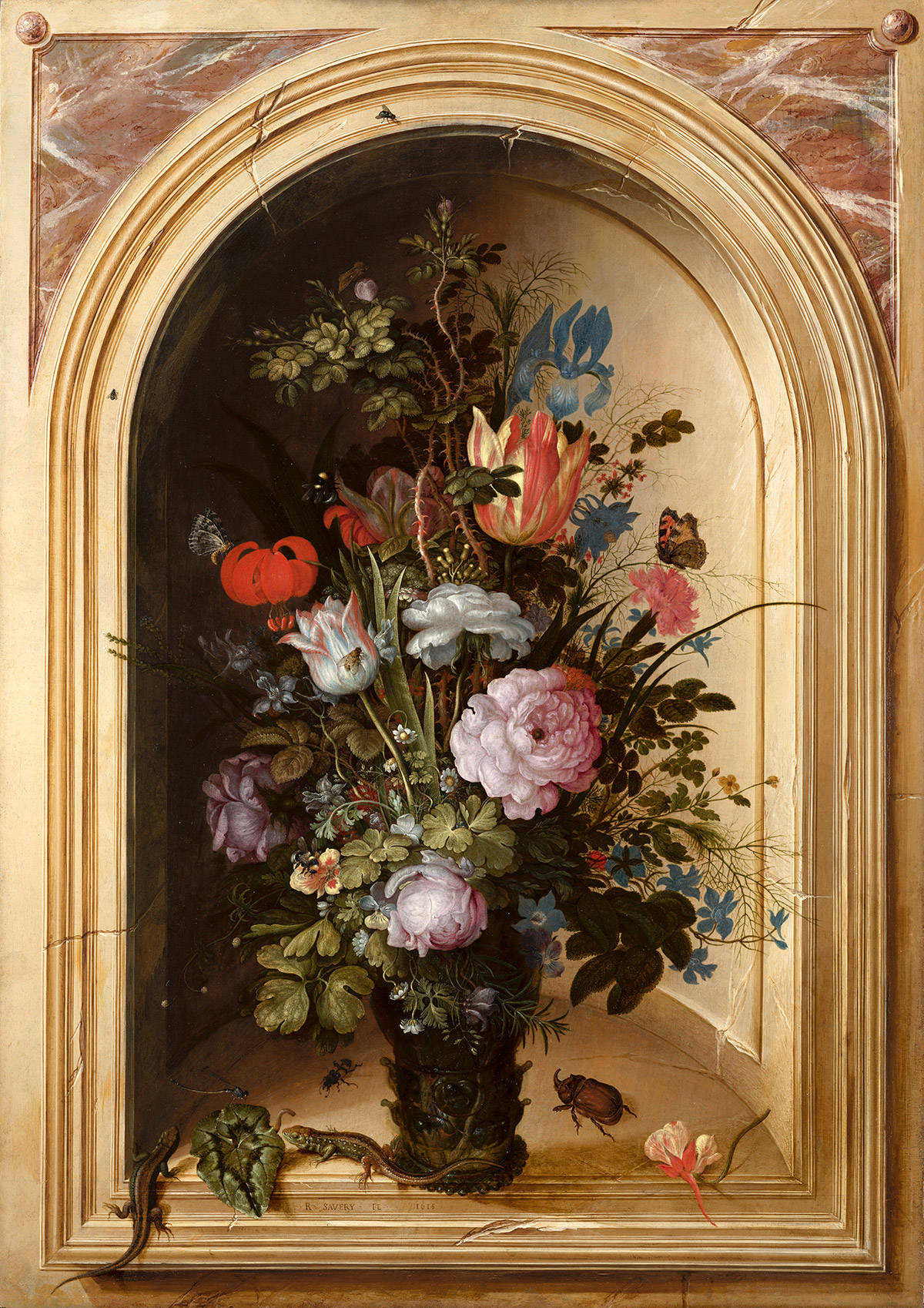Roelant Savery (1578-1639)
A Multitalented Artist
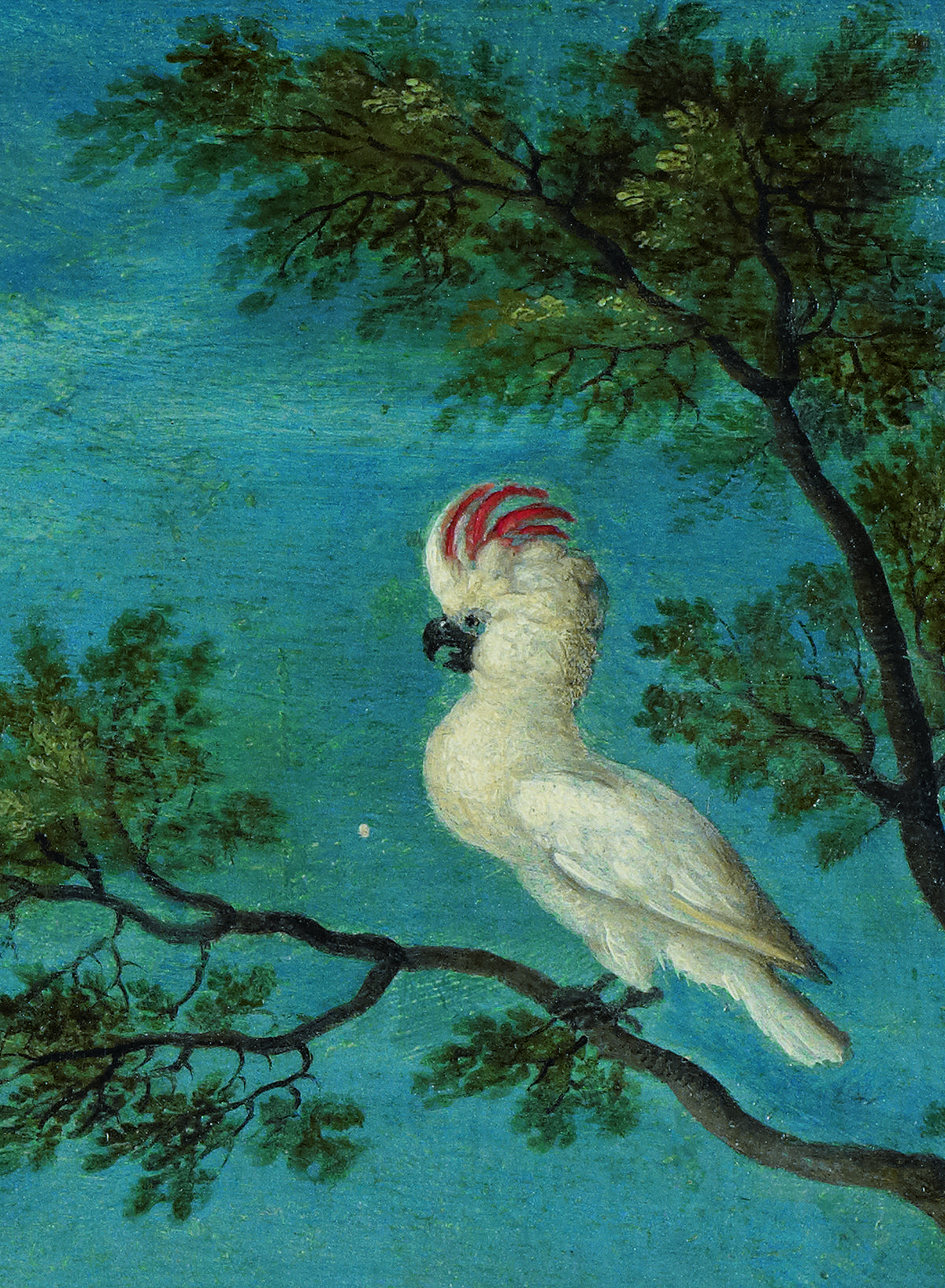
Discover the extraordinary life and work of artist Roelant Savery. From enchanting landscapes and stunning animals to breathtaking floral still lifes, Savery's versatility will leave you amazed. Did you know that he was the first artist to paint the mysterious dodo bird? Admire his masterpieces from renowned museums and private collections, and immerse yourself in his vibrant world. Whether you're an art lover, nature enthusiast, or simply curious, this exhibition is a must-see! Don't miss out, the exhibition is on view from February 8th to May 20th, 2024.
Life in Kortrijk
Roelant Savery was born in Kortrijk (Belgium) into a Protestant family. It was a tumultuous time, right in the midst of the Eighty Years' War against Spain. When Roelant was six years old, the Savery family was forced to flee to Haarlem.
A few years later, he became an apprentice to his ten-year-older brother Jaques in Amsterdam. The brothers worked together after Roelant completed his apprenticeship, until Jaques tragically passed away from the plague in 1603. Shortly thereafter, Roelant departed for Prague to work for the Habsburg Emperor Rudolf II, who was the greatest collector of his time.
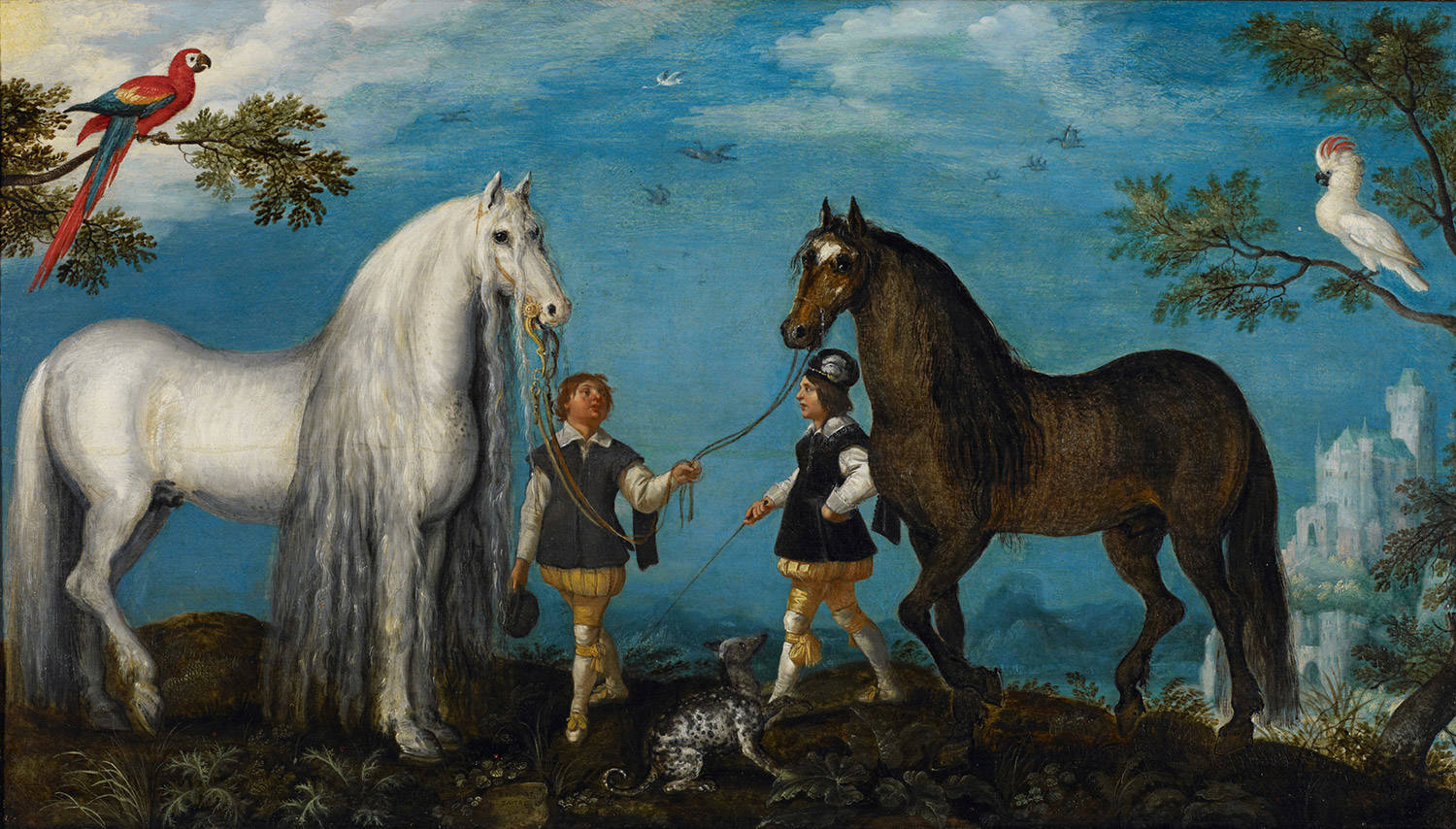
A Versatile Artist
Roelant Savery spent over a decade in Prague, where he would develop into an incredibly versatile artist. He drew inspiration from the vast world around him and specialized in forest and mountain landscapes, animal studies, and floral still lifes. He depicted flora and fauna in intricate detail, including new species brought from all over the world to Europe.
For an artistic polymath like Roelant Savery, the court of Rudolf II was a paradise. The emperor collected not only art and scientific instruments but also plants and animals. In the gardens of Rudolf's palace in Prague, Savery could personally study the wonders of nature. During the warm months of the year, the emperor sent him on expeditions to Tyrol to sketch the breathtaking landscapes. He marveled at the sights, including the Bohemian villages he visited.
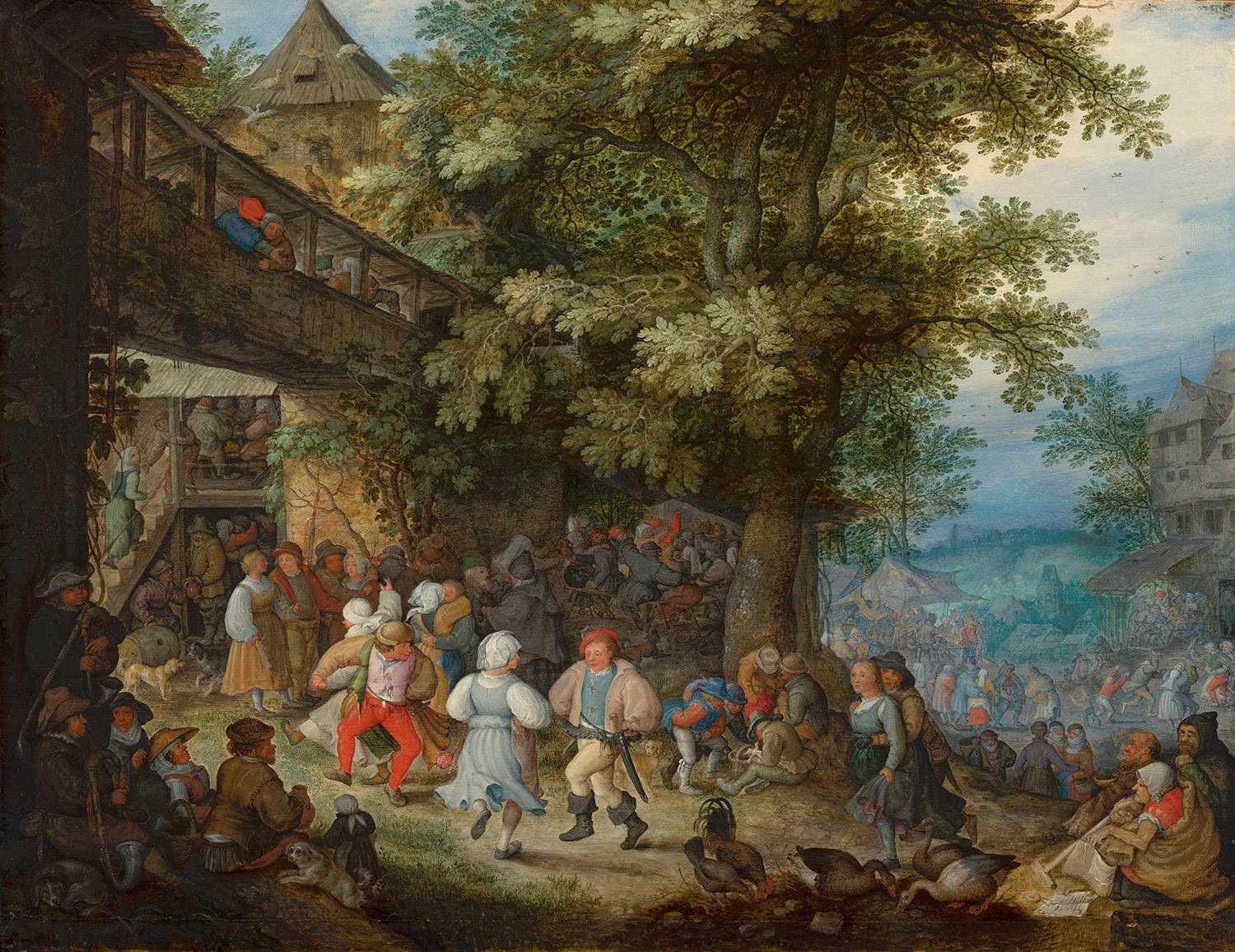
Talented Draughtsman
Roelant Savery was not only a painter but also a skilled draughtsman who often ventured out with his sketchbook. He had a broad interest and keen powers of observation. His drawings make you feel as if you're peering over his shoulder.
Coming from the Low Countries, Savery must have been impressed by the rugged rock formations and towering waterfalls in the Alps. However, he also drew the people he encountered: farmers and villagers, beggars, and Bohemian soldiers on horseback, adorned in colourful attire. Particularly noteworthy are Savery's drawings of Jewish worshipers in the Neualtschul, the synagogue in Prague. They represent some of the earliest contemporary depictions of Jews.

Pioneer of Flower Still Life
Roelant Savery was a pioneer of flower still life, a genre that would flourish in Dutch and Flemish painting shortly after 1600. The earliest known painted flower still life by a Dutch artist is a work by Savery from 1603. Seemingly effortlessly, all the blooming species are arranged in a glass vase placed in a stone niche.
Savery meticulously painted each species from nature: a red tulip, a pale blue iris, fritillary, columbine, a French rose, and at the top, a sweetbrier. These species were imported from distant lands starting in the 16th century, while the wild orchid on the right is a native species. Savery gave equal attention to the depiction of small animals and insects, including two sand lizards and a gigantic beetle.

Returning to the Netherlands
One or two years after the death of Rudolf II in 1612, Roelant Savery returned to the Netherlands. He initially settled in Amsterdam but eventually made his home in Utrecht. In 1621, he purchased a monumental property on Boterstraat, where he lived with various family members (he never married). Behind the house, Savery created a garden filled with precious plants and flowers, providing him with endless inspiration for his floral still lifes without having to leave home.
Throughout his life, Savery painted landscapes teeming with people and animals. He had a fondness for picturesque details, such as gnarled trees resembling human figures. He often depicted Roman ruins, which stood out beautifully against a clear blue sky. Despite never having visited Italy, Savery was familiar with such ruins through prints.
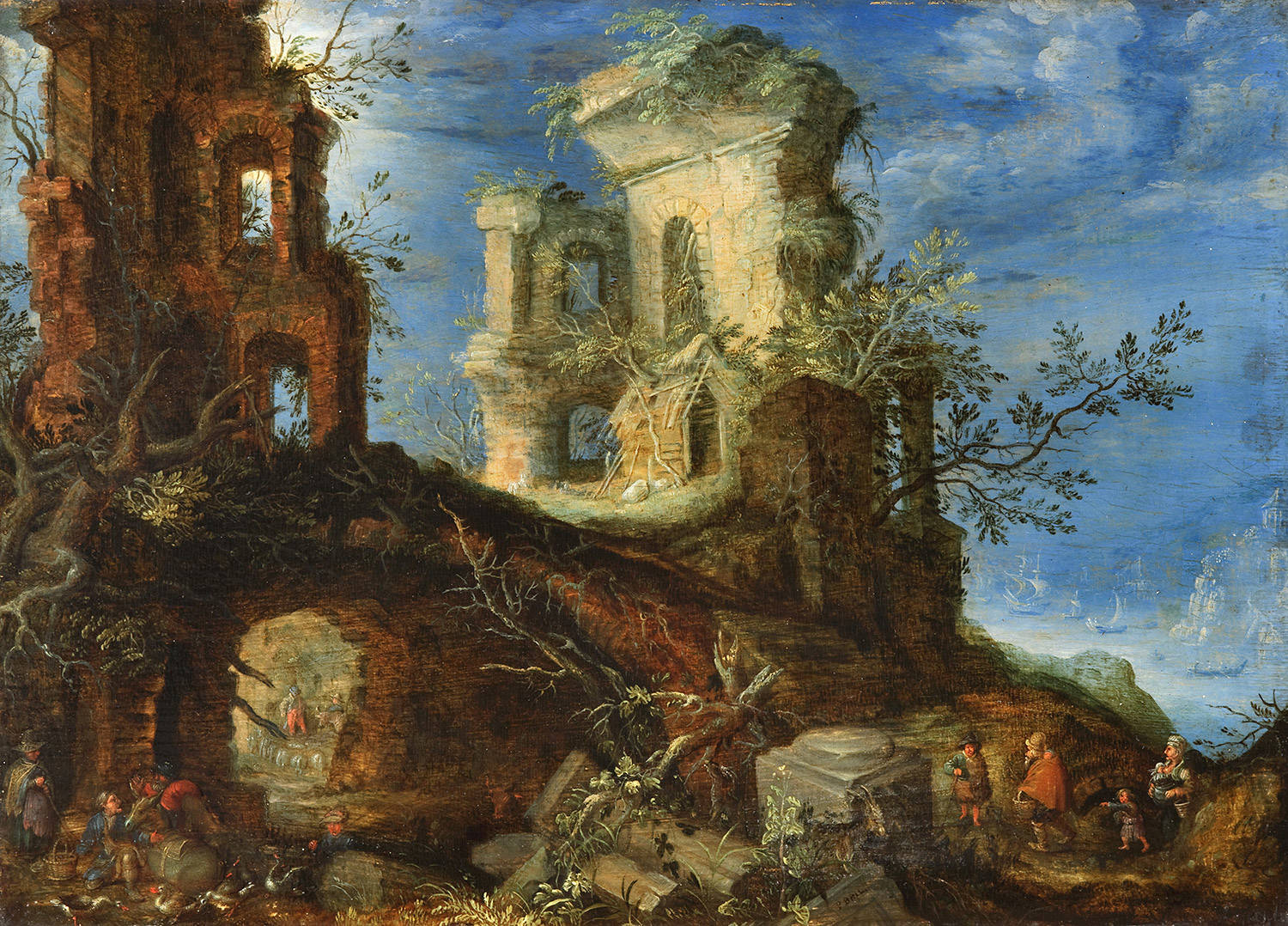
Animal Painter
The Roman poet Ovid describes how Orpheus enchants animals with his music. All creatures of creation come together when they hear him play his lyre, living harmoniously without harming each other. Roelant Savery seized upon this subject to showcase his skill as an animal painter. He depicted a wide variety of species: a pair of lions, a cheetah, a rhinoceros, and a camel, as well as cattle, other livestock, and numerous birds. A ostrich stands out against the blue background. On the right, a dodo perches on a rock. Savery included this extinct bird in several animal paintings.
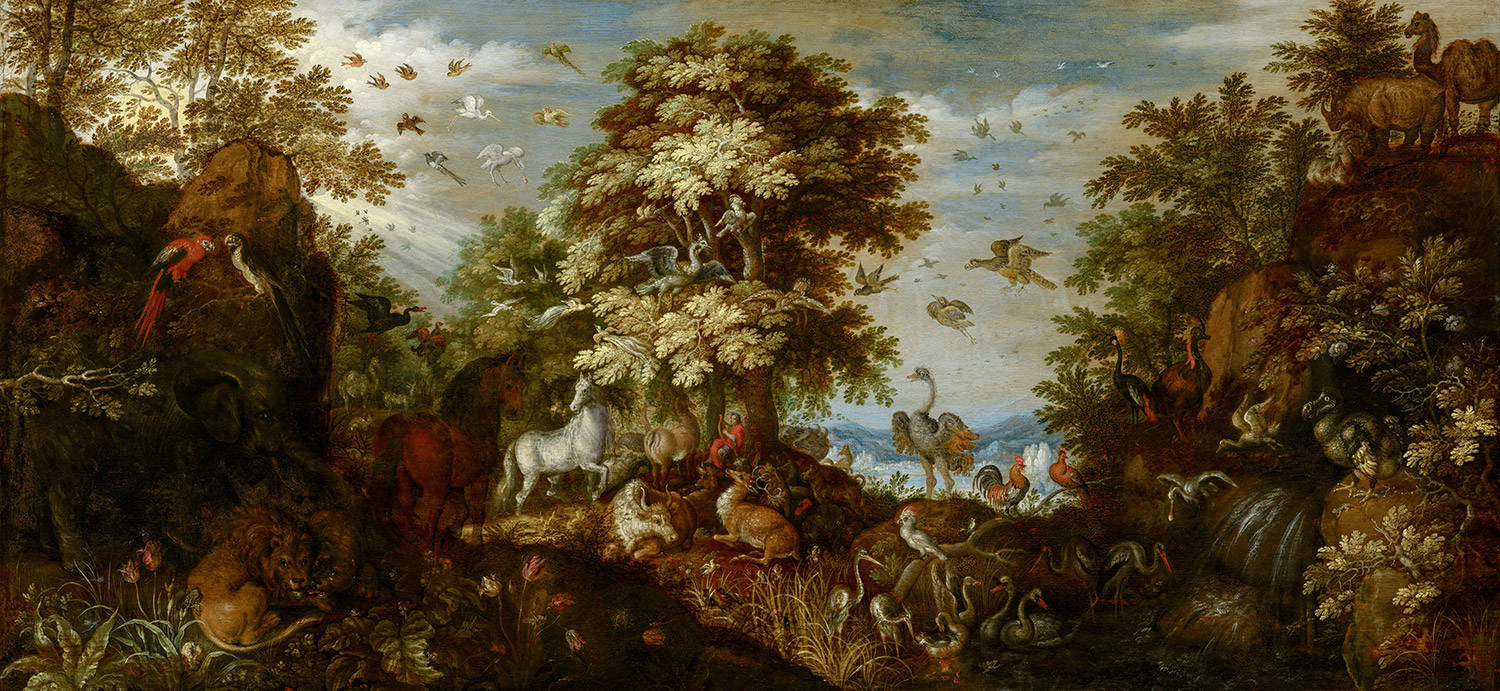
The dodo
The dodo was a flightless bird that inhabited the island of Mauritius in the western Indian Ocean. After Dutch sailors arrived there in the early 17th century, the bird's fate was sealed. The dodo became extinct due to intensive hunting and the introduction of foreign diseases. Since then, the dodo has become a well-known symbol of species extinction resulting from human actions.
Emperor Rudolf II possessed a dodo in his extensive collection of rare animals. Whether it was a living specimen or a taxidermy mount remains uncertain. Roelant Savery encountered the bird in Prague and became the artist of the dodo, being the first to paint this bird. Notably, Savery's depictions of the dodo are rather plump, whereas the actual bird was slimmer. This suggests that Savery based his paintings on a taxidermied specimen that had been overstuffed. The Museum in Prague preserves an upper jawbone, likely from Rudolf's dodo. Savery's portrayal of the dodo with its round forms served as inspiration for other artists.
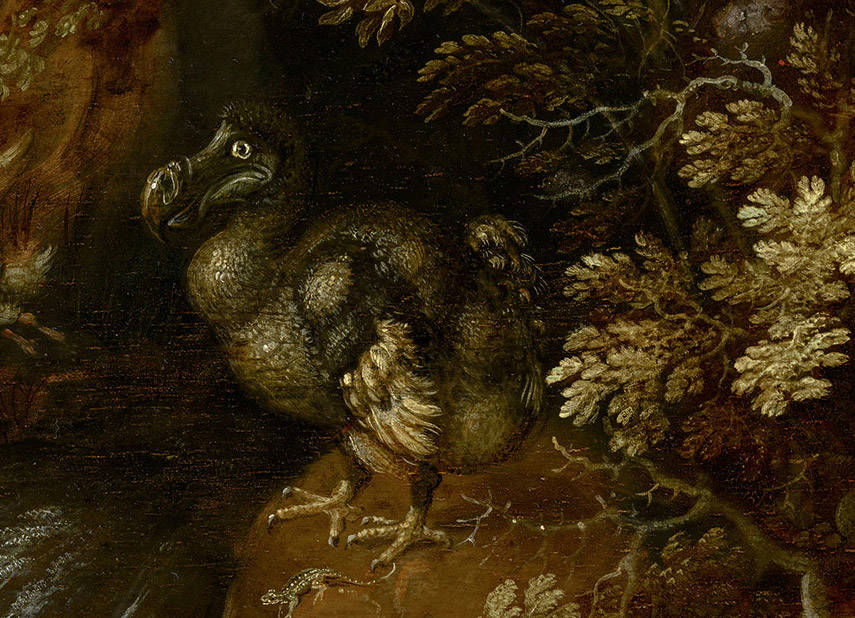
Exhibition at the Mauritshuis
As an artist, Roelant Savery was a true pioneer who laid the foundation for various new genres in 17th-century painting. He painted and drew landscapes, animals, and people - capturing the world around him with great passion and attention to detail.
If you want to get to know this fascinating artist, come visit the exhibition at the Mauritshuis. There you will see an impressive selection of Roelant Savery's paintings and drawings, on loan from museums and private collections both in the Netherlands and abroad.
On display from February 8th to May 20th, 2024.
